China scores as Trump misses APEC summit
November 14, 2018 | Expert Insights

With U.S. President Donald Trump and Russian leader Vladimir Putin staying away from Papua New Guinea, Xi Jinping is by far the most prominent among 21 leaders attending the Asia-Pacific Economic Cooperation meeting that starts this week.
Background
The Asia-Pacific Economic Cooperation (APEC) is a forum comprising of 21 Pacific Rim member economies. The goal of the APEC is to promote free trade through the Asia-Pacific region. It was established in 1989 in part due to fears that Japan would dominate the economic activity of the Asia Pacific region. The scope was to establish new markets for agricultural products and raw materials beyond Europe. Its 21 member economies are home to around 2.8 billion people and represent approximately 59 per cent of world GDP and 49 per cent of world trade in 2015.
Every year the APEC Economic Leaders' Meeting is attended by the heads of government of all APEC members except Republic of China (Taiwan) (which is represented by a ministerial-level official under the name Chinese Taipei as economic leader). APEC has three official observers: the Association of Southeast Asian Nations Secretariat, the Pacific Economic Cooperation Council and the Pacific Islands Forum Secretariat. APEC's Host Economy of the Year is considered to be invited in the first place for geographical representation to attend G20 meetings following G20 guidelines.
APEC now comprises 21 member economies: Australia, Brunei Darussalam, Canada, Chile, People's Republic of China, Hong Kong, Indonesia, Japan, Republic of South Korea, Malaysia, Mexico, New Zealand, Papua New Guinea, Peru, Republic of the Philippines, Russia, Singapore, Chinese Taipei (Taiwan), Thailand, the United States, and Vietnam.
Analysis
The South Pacific, consisting of nations scattered across thousands of kilometers of ocean, has increasingly become a strategic battleground between China and U.S. allies in Asia — particularly Australia.
Xi has started pouring money into the cash-strapped region as part of his “Belt and Road” infrastructure initiative, leading to concerns that China will look to establish a military presence. Australian Prime Minister Scott Morrison has pushed back, last week announcing a 2 billion Australian dollar ($1.46 billion) infrastructure fund and increased naval deployments to exert influence in what he called “our patch.”
Yet the absence of Trump, who is sending Vice President Mike Pence instead, has been seen as a missed opportunity for the U.S. to back up its ally and show the region it is committed to providing a long-term alternative to China’s debt-driven economic outreach. China has committed to spending at least $5.9 billion on more than 200 projects in the region since 2011, according to data collated by the Lowy Institute.
China has used concessional loans to fund billions of dollars of infrastructure projects, including a $500 million tourism resort in Fiji, a $320 million fish farm in French Polynesia and the newly completed conference venue in Port Moresby that will host the APEC conference. China has denied its actions in the Pacific are driven by motives beyond economic expedience and altruism.
Australia has recently raised tensions by pushing back against China, its largest trading partner. Lawmakers in Australia this year passed a bill cracking down on foreign interference, a move that came after revelations of Chinese agents funding politicians to advance its interests.
Morrison’s announcement of increased engagement in the Pacific comes after he said that Australia is formally committing to a joint initiative with Papua New Guinea to develop a naval base, edging out a bid by China. That followed a June announcement that Australia will help fund a new telecommunications cable stretching from Sydney to the Solomon Islands, squeezing out Huawei Technologies Co. — a company that in August was banned from supplying next-generation wireless equipment to Australia’s telecom operators on national security grounds.
At the APEC meetings, Vice President Pence will be meeting with Morrison and giving a keynote address. Speaking to reporters while en route to the region, Pence denied that Trump’s absence amounted to a snub and said that the U.S. commitment to the Indo-Pacific region “has never been stronger.”
Yet in Asia in particular, showing up counts. And to many analysts that makes this week a win for Xi, no matter what is said.
Assessment
Our assessment is that President Xi’s presence at the APEC summit will bolster China’s image as being committed to the development of Papua New Guinea and the absence of President Trump might lead to questions over the seriousness of US commitment in the region. We believe that the Trump administration’s repeated call for a free and open Indo-Pacific has fallen flat on various capitals and it will be a challenge for the US to remain relevant in the region in the near future.


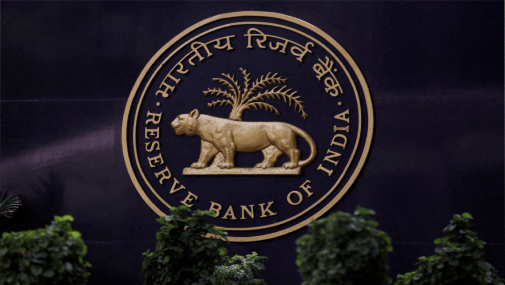
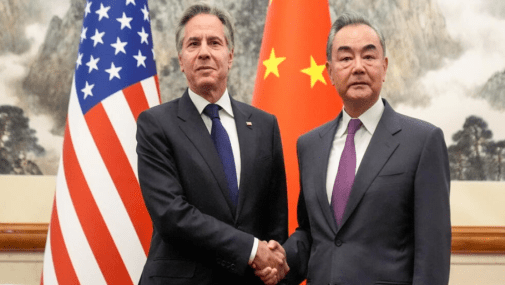
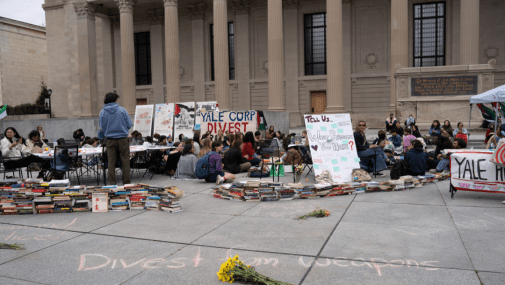
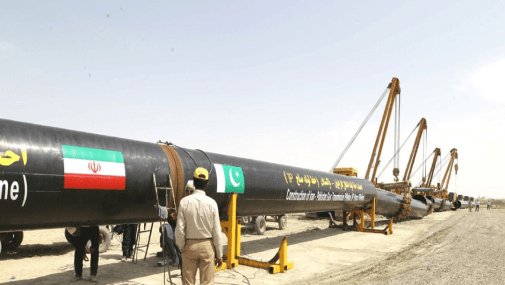
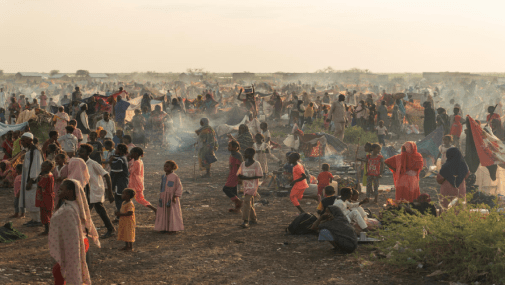

Comments